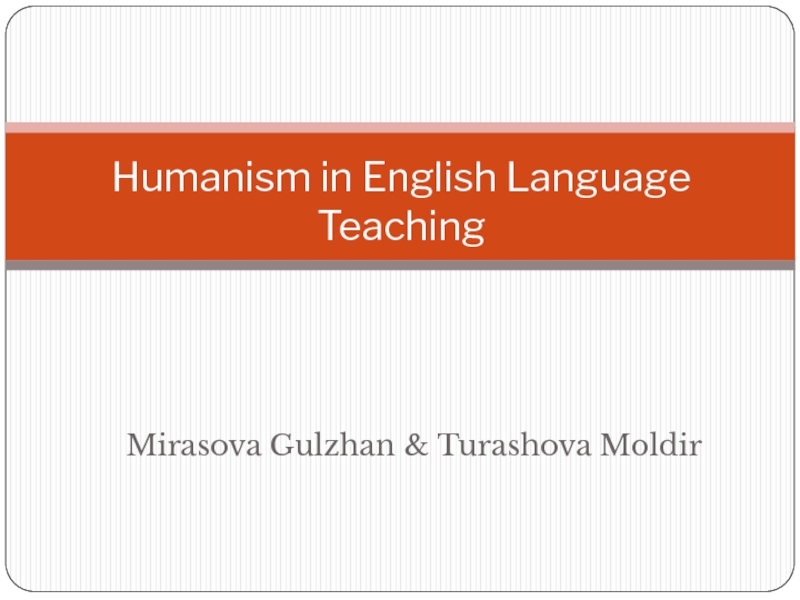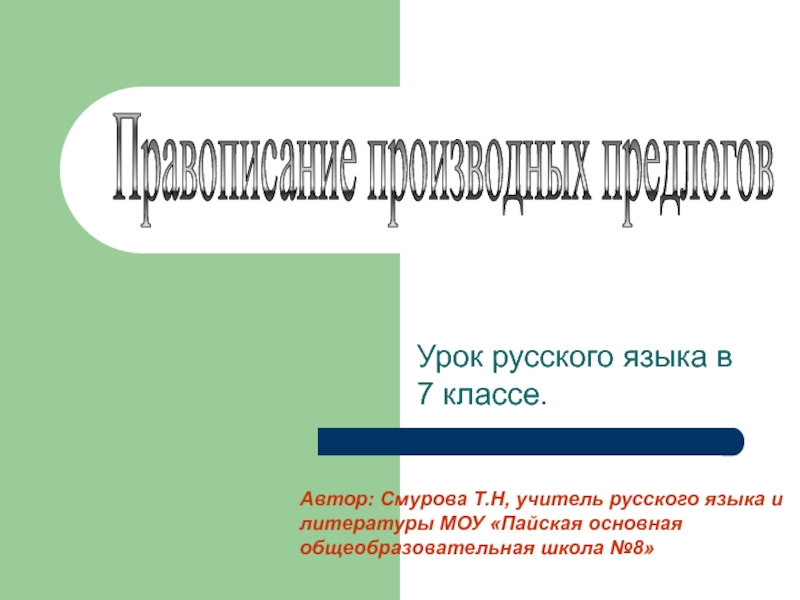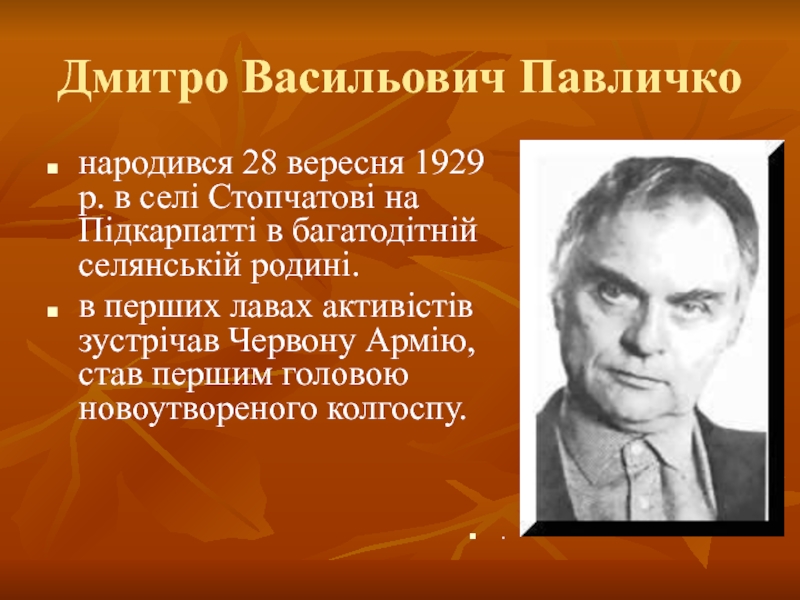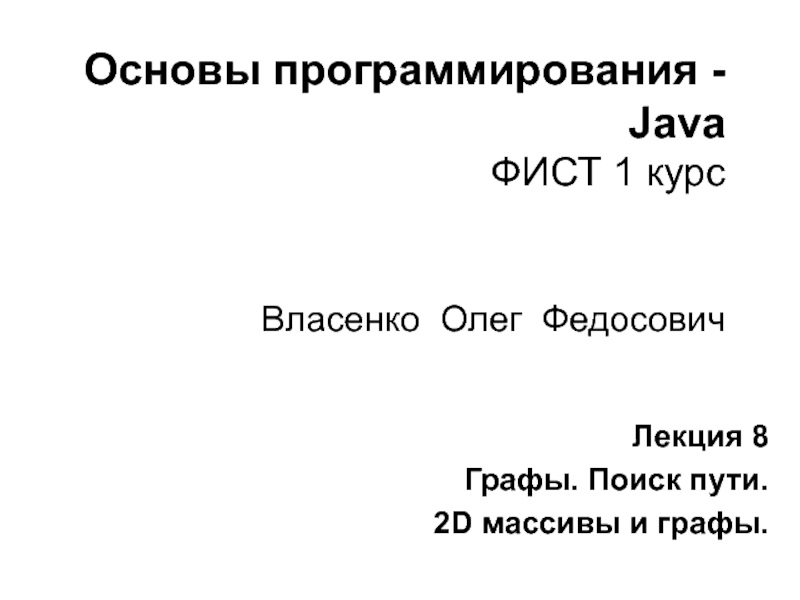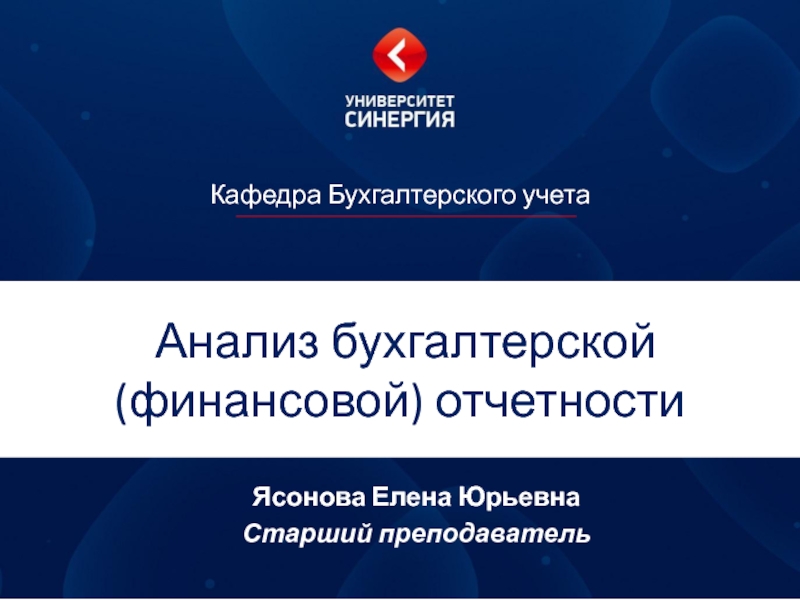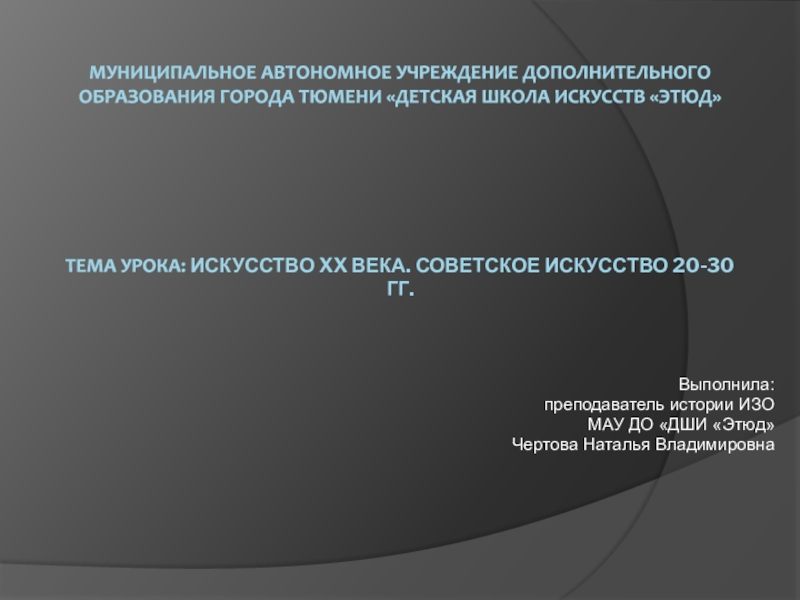Разделы презентаций
- Разное
- Английский язык
- Астрономия
- Алгебра
- Биология
- География
- Геометрия
- Детские презентации
- Информатика
- История
- Литература
- Математика
- Медицина
- Менеджмент
- Музыка
- МХК
- Немецкий язык
- ОБЖ
- Обществознание
- Окружающий мир
- Педагогика
- Русский язык
- Технология
- Физика
- Философия
- Химия
- Шаблоны, картинки для презентаций
- Экология
- Экономика
- Юриспруденция
Humanism in English Language Teaching
Содержание
- 1. Humanism in English Language Teaching
- 2. Plan:1) Humanistic language teaching2)We can identify three main figures in this approach:Erik EriksonAbraham MaslowCarl Rogers3) Conclusion
- 3. 'Humanism' is one of those constructs that
- 4. “Humanistic Approach” is like this: (in language
- 5. Role of Humanistic Approaches in Learner MotivationMotivation,
- 6. Слайд 6
- 7. Erikson’s theoryErik Erikson's theory of psychosocial development
- 8. Main elements of Erikson's psychosocial stage theory is the development of ego identity
- 9. EPIGENETIC PRINCIPLE 8 STAGES FROM BIRTH TO
- 10. Слайд 10
- 11. Слайд 11
- 12. Carl Rogers, another humanistic psychologist, proposed a theory called the person-centered theory.Carl Roger's Theory
- 13. Rogers (1969) identified key elements if the
- 14. Слайд 14
- 15. ConclusionThe thrust of humanism seems, to us
- 16. Thanks for Attention!
- 17. Скачать презентанцию
Plan:1) Humanistic language teaching2)We can identify three main figures in this approach:Erik EriksonAbraham MaslowCarl Rogers3) Conclusion
Слайды и текст этой презентации
Слайд 3'Humanism' is one of those constructs that people argue about
passionately. Instead of attempting to define it, perhaps it makes
more sense to focus on some commonly agreed characteristics of humanism.These are: problem-solving, reasoning, free will, self-development, and co-operation.
Слайд 4“Humanistic Approach” is like this: (in language teaching) a term
sometimes used for methods in which the following principles are
considered important:a) development of human values
b) growth in self-awareness and in the understanding of others
c) sensitivity to human feelings and emotions
d) active student involvement in learning and in the way learning takes place
